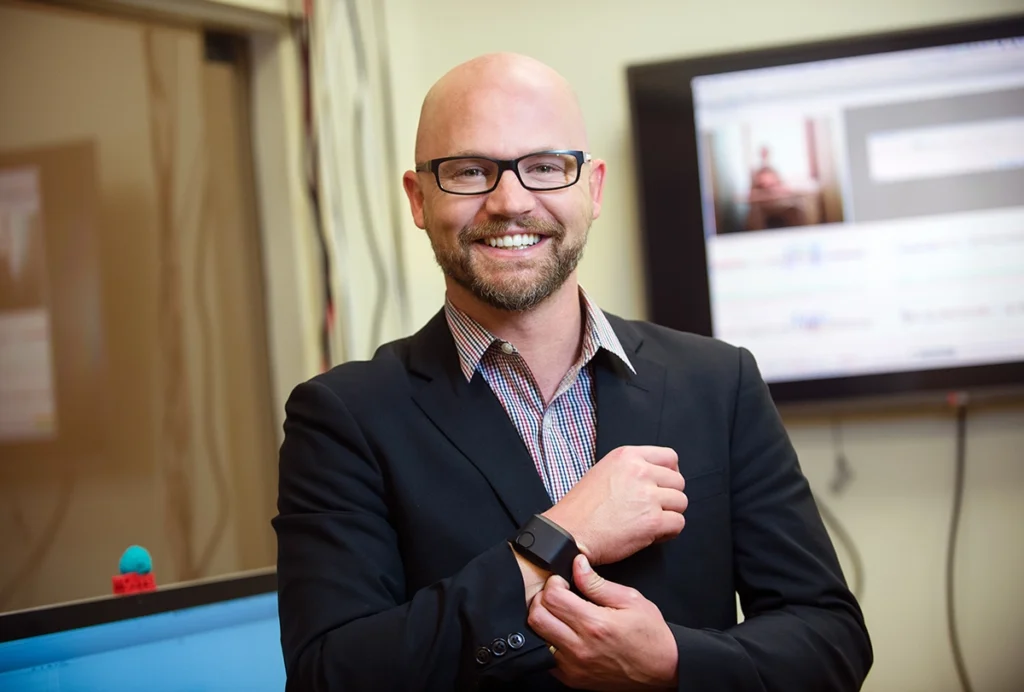Saverio Truglia
Photographer
From this contributor
Rising star: Ann Kennedy bridges gap between biology, computational theory
A theoretical neuroscientist, Kennedy uses a blend of computational modeling and real-world experiments to understand how brain activity shapes the behaviors of animals that model autism and other conditions.

Rising star: Ann Kennedy bridges gap between biology, computational theory
Elizabeth Berry-Kravis: Running a marathon for fragile X syndrome
Elizabeth Berry-Kravis has spent decades uncovering molecular clues to fragile X syndrome and crafting trials of treatments. Her efforts are paying off.

Elizabeth Berry-Kravis: Running a marathon for fragile X syndrome
Explore more from The Transmitter
What neuroscientists should know—and what they can do—about changes to BRAIN initiative funding
Many grant proposals submitted to the program in the past year are unlikely to be funded, according to people within the National Institutes of Health. But scientist advocates are reaching out to congressional representatives to try to make changes for 2025.

What neuroscientists should know—and what they can do—about changes to BRAIN initiative funding
Many grant proposals submitted to the program in the past year are unlikely to be funded, according to people within the National Institutes of Health. But scientist advocates are reaching out to congressional representatives to try to make changes for 2025.
Crowdsourcing to curb aggression in autism: Q&A with Matthew Goodwin
To accelerate the development of real-time behavioral prediction technology, a research team is sharing data and seeking new collaborators.

Crowdsourcing to curb aggression in autism: Q&A with Matthew Goodwin
To accelerate the development of real-time behavioral prediction technology, a research team is sharing data and seeking new collaborators.
Brain connectivity and letting the data speak with Emily Finn
The Dartmouth College researcher talks about her quest to understand behavior and doing neuroscience “in the woods.”

Brain connectivity and letting the data speak with Emily Finn
The Dartmouth College researcher talks about her quest to understand behavior and doing neuroscience “in the woods.”